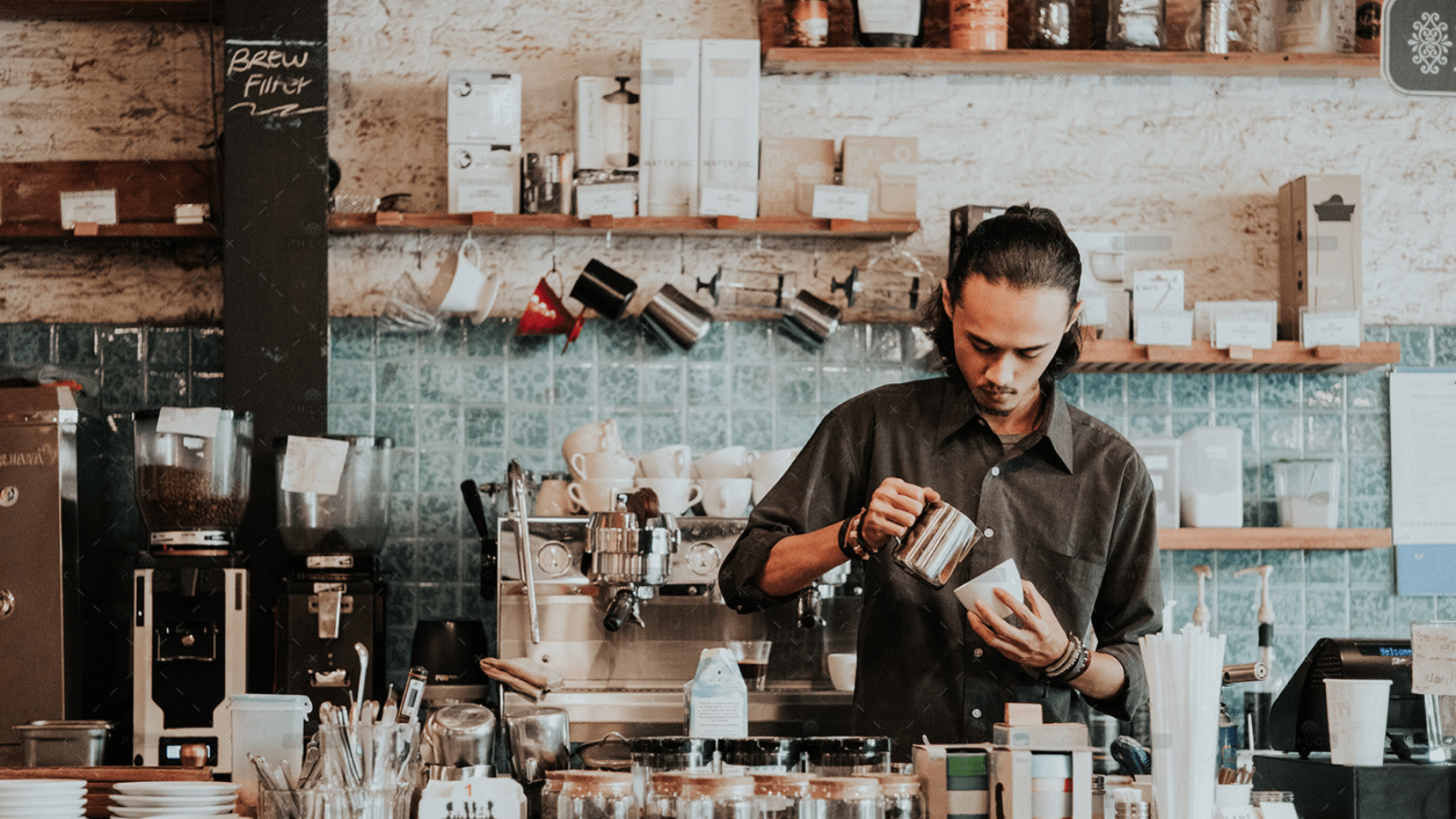Search “best time to post on Instagram” and you’ll find countless articles telling you when to post according to studies of a few million Instagram posts.
We have written such articles ourselves. For a long time, we thought that’s the way to grow our reach and engagement on social media.
But that is no longer the best approach.
There are many reasons for the change. Most importantly, you now have much more data about your own posts and followers. The best time to post is when your followers are online and engaging with your posts.
How do you know when to post?
Well, you can now get recommendations for when to post on Instagram to maximize your reach, with Analyze. Curious to find out more? Read on.

Analytics as your assistant
Analytics is often simply numbers and graphs. It’s easy to understand why some people are intimidated by analytics. But that doesn’t have to be the way. Analytics can be joyful and fun. It should help you take away the tedious work of dissecting graphs and calculating numbers. Analytics should feel like your assistant.
With Analyze, you don’t just get charts. You’ll also see three recommended times to post on Instagram. They are times when your predicted reach is among the highest during the week.
Most people would find the three recommendations sufficient but if you want more, you can then dive into the charts.





